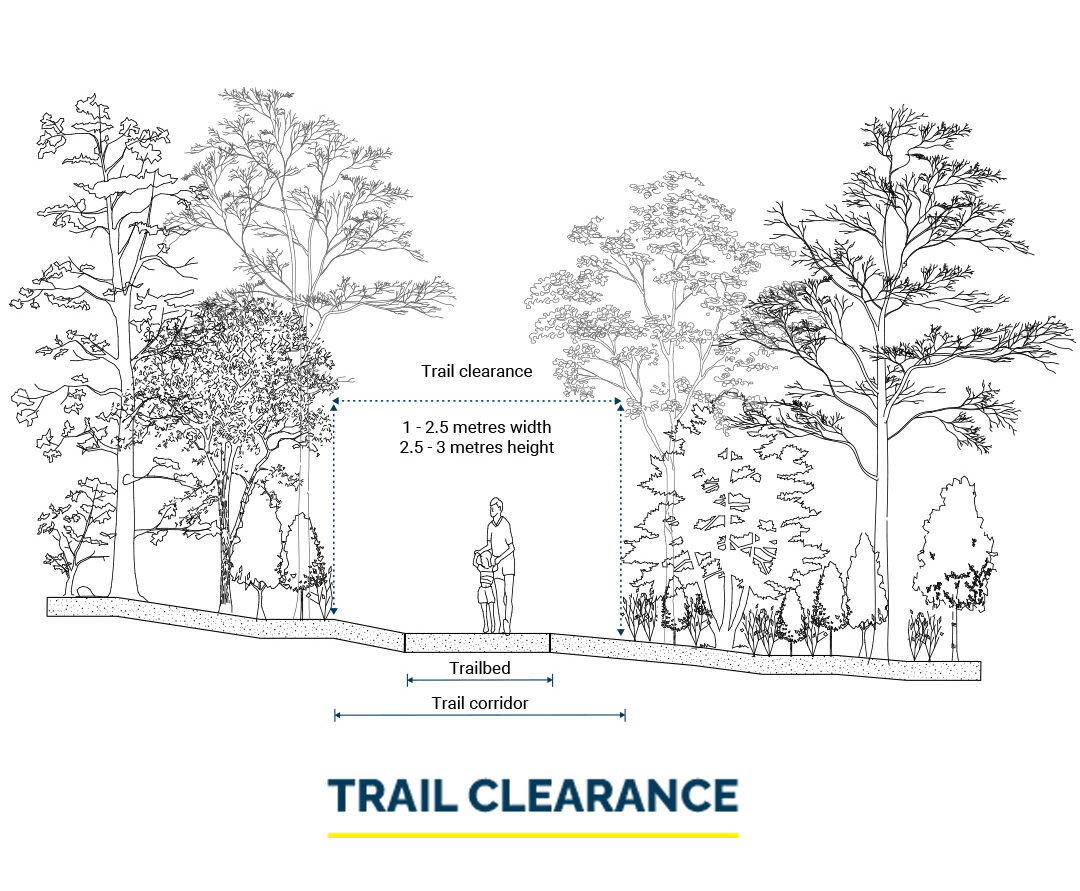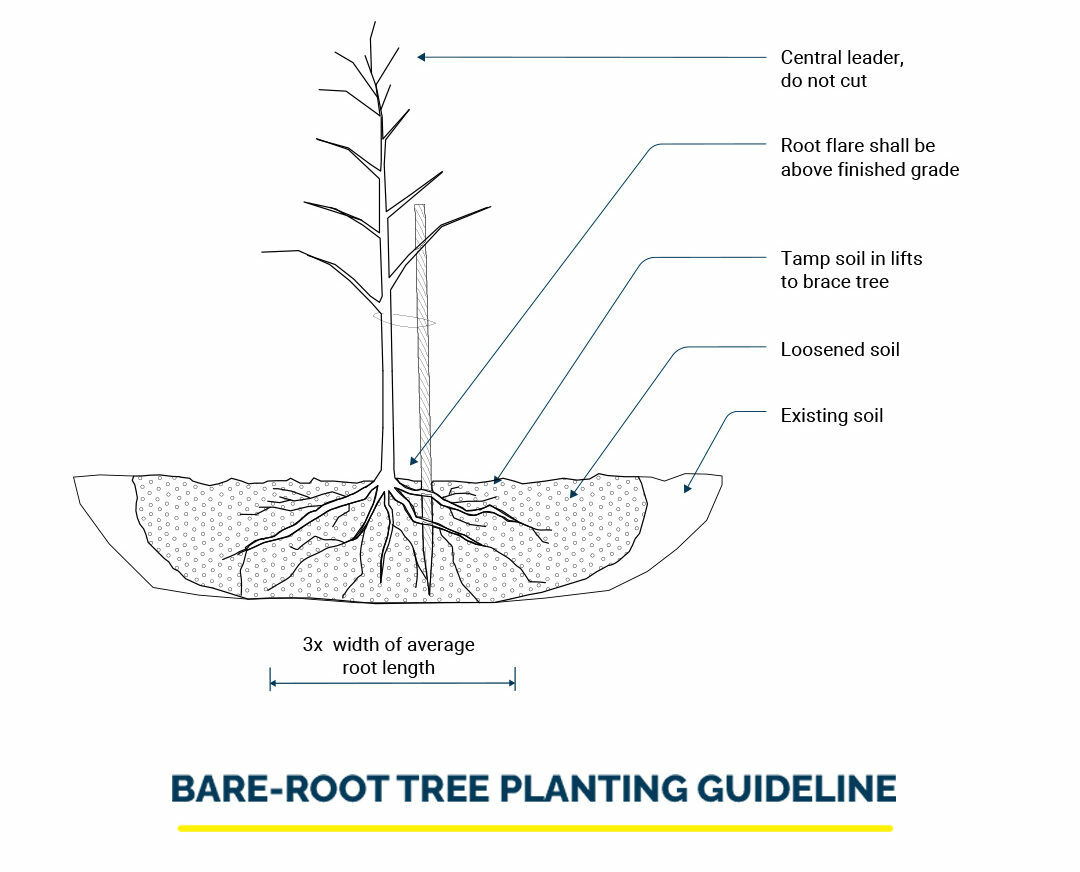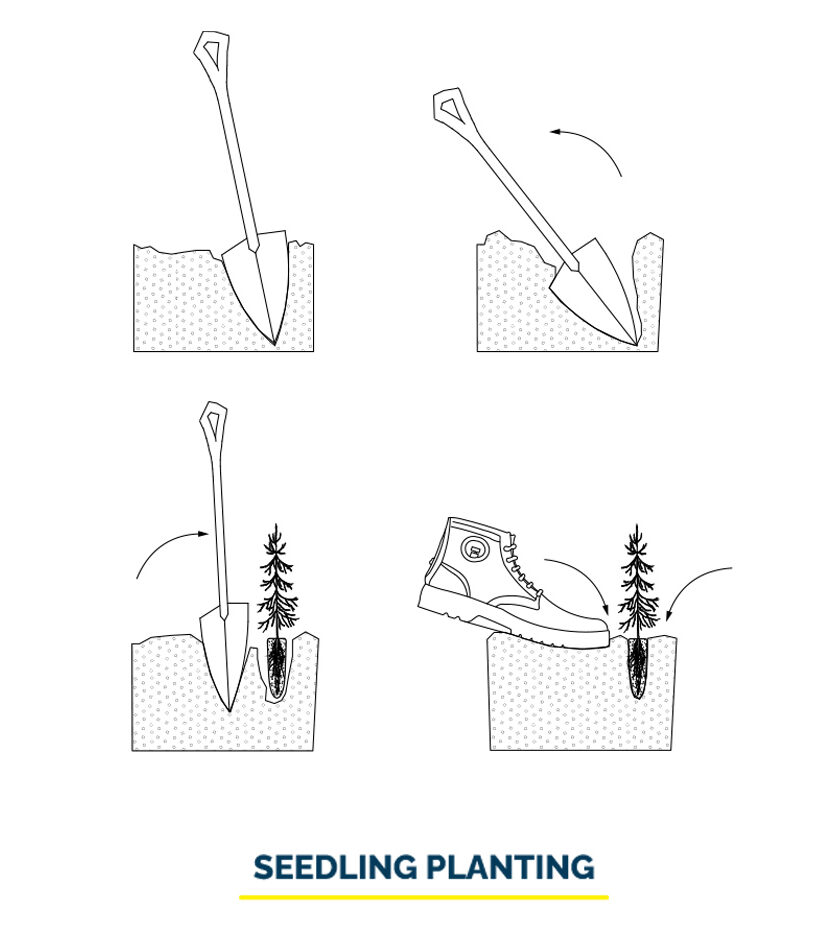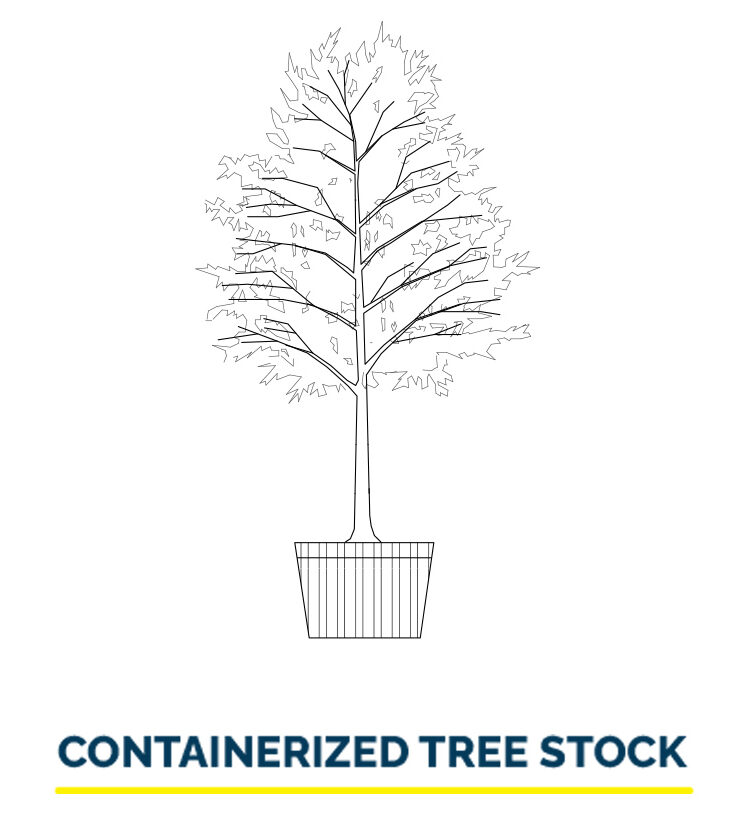The steps taken when installing a tree in the site selected are key to its long-term health. This section includes information and considerations for tree installation including when to plant, factors to consider while planting, and planting guidelines.

1. When to plant
In general, the best time to transplant most tree species in temperate climates is in the early spring or fall while the tree is dormant. Transplanting at this time of year gives the roots a chance to grow and establish with little heat and water stress. Summer planting can be successful with a thorough watering plan.
Fall:
CONSIDERATIONS
- Soil temperatures and moisture conditions encourage good establishment
- Less canopy stress but may predispose to winter injury and/or heaving
- Deciduous trees can be planted from leaf-fall until the soil can no longer be worked
TREE TYPE
- Containerized, Plug seedling
Spring:
CONSIDERATIONS
- Best if trees are planted before bud break
- Deciduous trees can be planted in the spring, as soon as the frost is out of the ground
- Evergreen trees prefer to be planted early in the spring, or in the fall until the soil can no longer be worked
TREE TYPE
- Bare-root, Containerized, Plug seedling
Summer:
CONSIDERATIONS
- Often causes excessive canopy stress
- Planters must ensure adequate moisture levels
TREE TYPE
- Containerized
2. Planting considerations
Site prep
The planting hole should never be deeper than the distance from the trunk flare to the bottom of the root ball. Planting a tree too deeply can cause stress, drowning, or suffocation of roots; it also increases the chances of pests or disease entering the trunk.
Soil amendments such as fertilizer are not always beneficial to tree establishment and growth. Instead, choose a tree that is right for the site.
Planting distance
Consider the tree at mature size and the goals of the site.
- Will the tree be planted as a singular specimen or as a grouping?
- Are there infrastructure elements that need to be considered?
The following distances are suggestions; higher density can be used if trying to imitate a forest rejuvenation or if tree failure is likely. Distances are measured from the centre of the trunk. These distances may have branch conflicts if the mature tree form is broad.
Mature Tree Size | Planting Distance (metres apart)
Shrubs/Very Small | 1-5
Small Trees | 3-6
Medium Trees | 4-8
Large Trees | 5-12
The trail corridor must be maintained for accessibility and safety. The dimensions are determined by the needs of the users and the challenge level of the trail. Average clearances are 1–2.5 metres wide and 2.5–3 metres high. Check with your local trail manager to determine appropriate trail distances in your area. Generally, within these clearance distances, branches and brush are removed to maintain the sight line.

3. Tree-planting guidelines
In all planting types, the base of the trunk should be above ground and the top of the roots below ground.
Bare-root
Plant bare-root trees with the main structural roots near the soil surface, and spread and distribute the roots to prevent girdling. Backfill around the roots to minimize air pockets, but do not compact the soil.

Container
- A saucer-shaped planting hole that is two to three times the width of the root ball at the soil surface and sloping down to the base of the root ball is ideal.
- Water gently while backfilling the hole.
- Trees may require staking to remain upright once they leaf out.
Seedling
Create an opening in the ground that is wide and deep enough for the plug. Plant plug ensuring the root system is vertical. Avoid compressing or crushing the roots as the plug goes into the ground. Lightly compress the soil to remove any air pockets at the root base.







